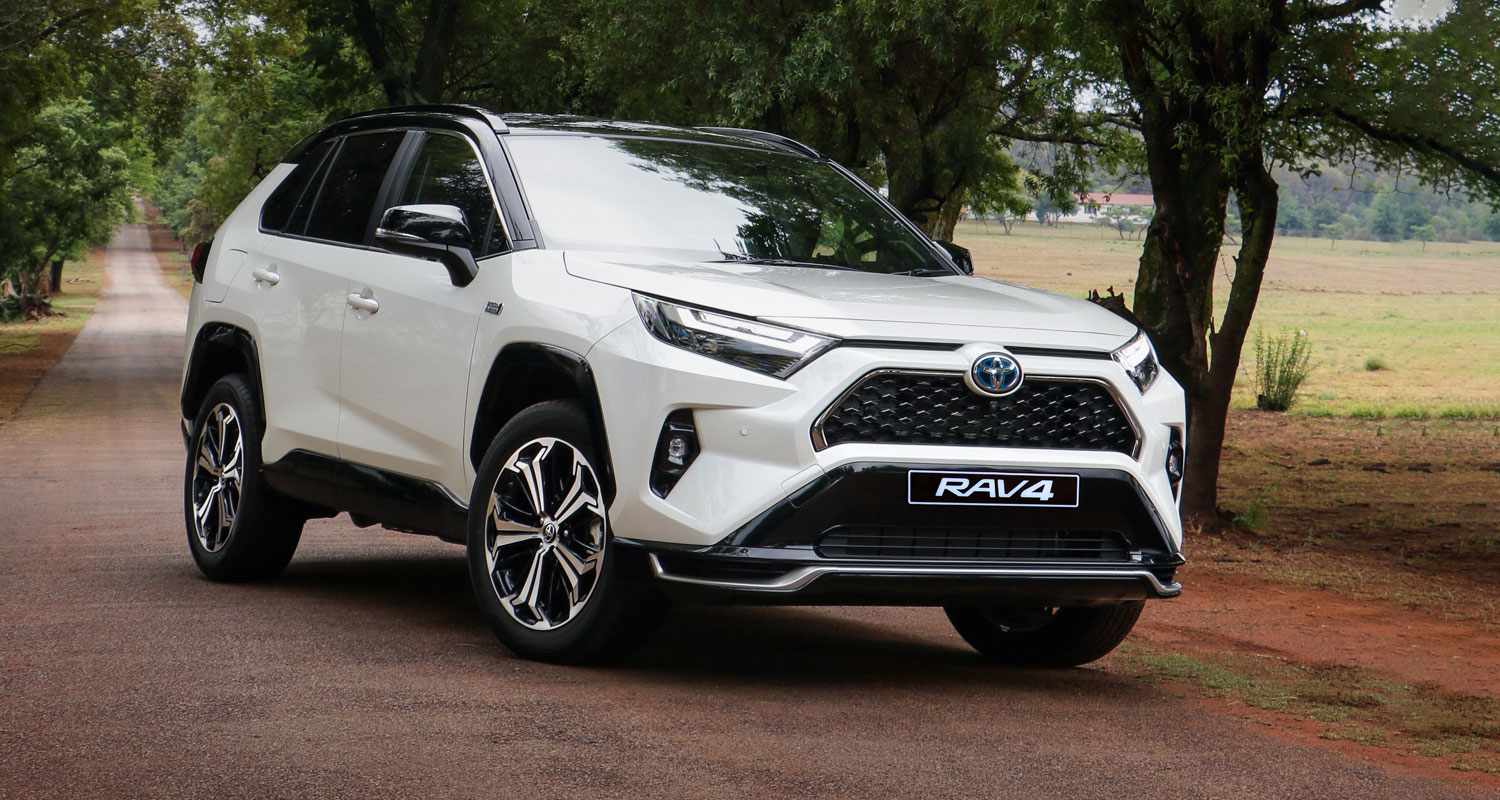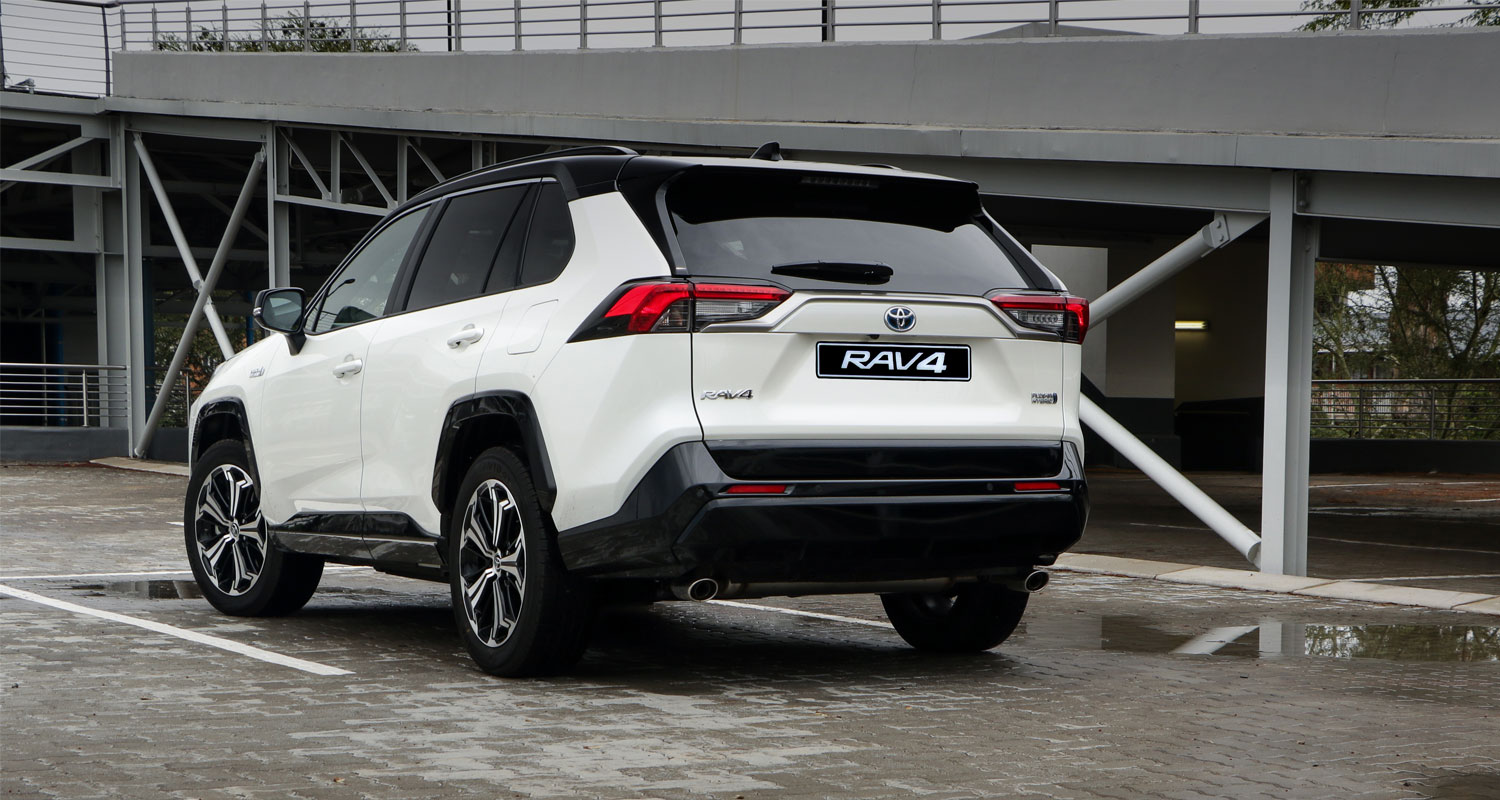 Toyota is moving slowly towards introducing more new-energy vehicles in South Africa, confirming this week that it is testing the waters for the launch of the RAV4 plug-in hybrid to local consumers.
Toyota is moving slowly towards introducing more new-energy vehicles in South Africa, confirming this week that it is testing the waters for the launch of the RAV4 plug-in hybrid to local consumers.
“Toyota South Africa Motors is ‘testing the waters’ with the RAV4 plug-in hybrid,” the company said in a statement. “While not officially on sale yet, several RAV4 PHEVs have been imported as a market research exercise to test customer response, vehicle behaviour, infrastructure requirements and other technical aspects, as well as to educate customers on the plug-in technology.”
Toyota has fallen behind many other vehicle manufacturers in the shift to electric vehicles. Although the company was a pioneer in hybrid vehicle designs with the Prius, it’s seen as a laggard in full battery EVs. Reuters reported last week that the Japanese car maker is now considering a “reboot” of its EV strategy to better compete in the global market, where manufacturers are rapidly moving to bring an end to the production of internal combustion engine vehicles.
The Japanese company has, however, been pushing its hybrid petrol/electric vehicles more aggressively, including in South Africa.
The PHEV RAV4 could whet the appetite of South Africans for electric mobility, while retaining the safety blanket of a petrol engine. The PHEV RAV4 can travel up to 80km in electric mode, with zero use of the petrol engine. While this is significantly less than a full EV’s typical range – for more luxury models, a range of above 400km is now commonplace – most trips are urban in nature, between work and home, for example. This means that most trips can be undertaken without ever having to engage the petrol engine.
The RAV4 PHEV was introduced worldwide in 2021, offering what Toyota describes as “the power and clean efficiency of an EV without the associated range anxiety or charging dependency”.
“Here you get all the benefits of a traditional full-hybrid vehicle (self-charging, petrol engine backup and extended range), with the additional performance and pure EV-driving mode of a battery EV.”
Cautious
Toyota South Africa is, however, taking the introduction of its first PHEV into the local market cautiously.
“The purpose of this pilot programme is to allow Toyota South Africa to provide our customers with a holistic (and tested) solution and continue to offer the exemplary customer service that Toyota has become renowned for,” it said in its statement.
The RAV4 PHEV has a 2.5l naturally aspirated petrol engine paired with a lithium-ion battery and two electric motors — driving each of the axles. The battery supplies 18.1kW of power and is located below the passenger compartment. Total system output is an impressive 225kW.
“The plug-in model uses the same architecture as the ‘conventional’ E-Four model, delivering AWD performance by providing electric drive to both front and rear axles. The petrol engine drives the front axle via a CVT transmission. The E-Four system intelligently switches between AWD and 2WD modes depending on usage conditions, with a dedicated Trail Mode for increased rear axle torque split,” Toyota said.
 The RAV4 PHEV offers drivers four modes to choose from:
The RAV4 PHEV offers drivers four modes to choose from:
- EV mode is the default setting and prioritises electric-only operation. The vehicle offers a range of up to 80km on pure EV.
- HV mode allows the vehicle to operate like a traditional Toyota hybrid. The system will also automatically switch to HV mode should the battery drop below EV mode operation levels.
- An Auto EV/HV mode allows the system to switch between pure electric and hybrid modes based on acceleration input required.
- Charging Mode is provided to recharge the battery, in which case the system uses the petrol engine to recharge the battery pack. This is useful for when a recharging facility is not immediately available, Toyota said. Once the hybrid battery is fully recharged, the system will switch to HV mode.
To recharge the RAV4, two solutions are provided: a Toyota mode 2 and mode 3 charging cable. Mode 2 allows for home or office charging via conventional electrical outlets. The average home charge will take between seven and nine hours. A built-in inverter monitors temperature and current. Mode 3 permits fast DC charging via dedicated charging stations. – © 2022 NewsCentral Media




